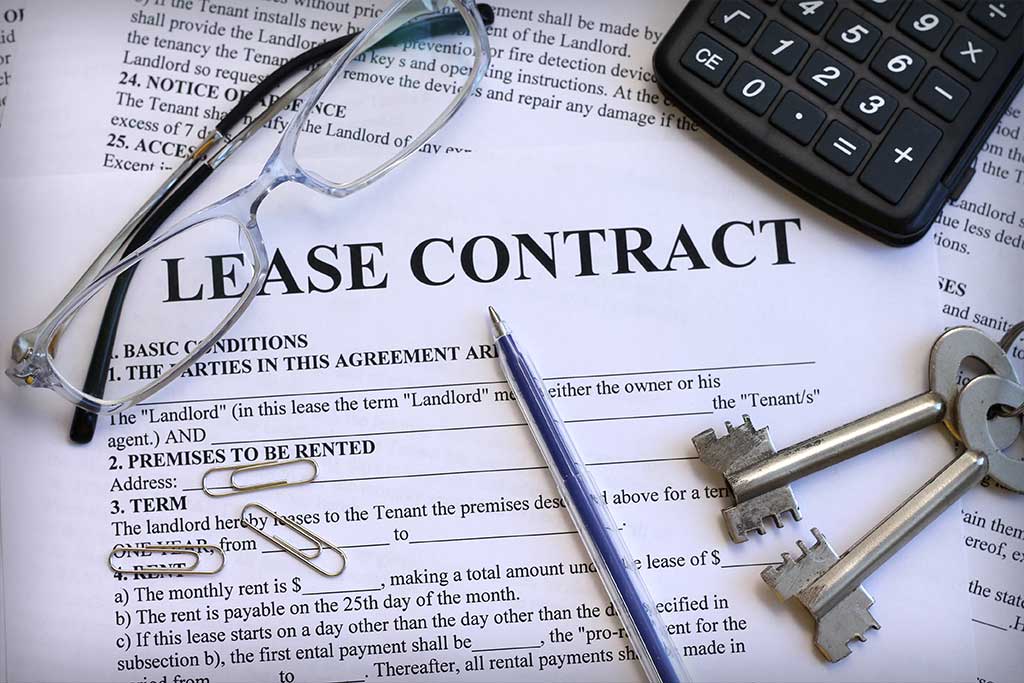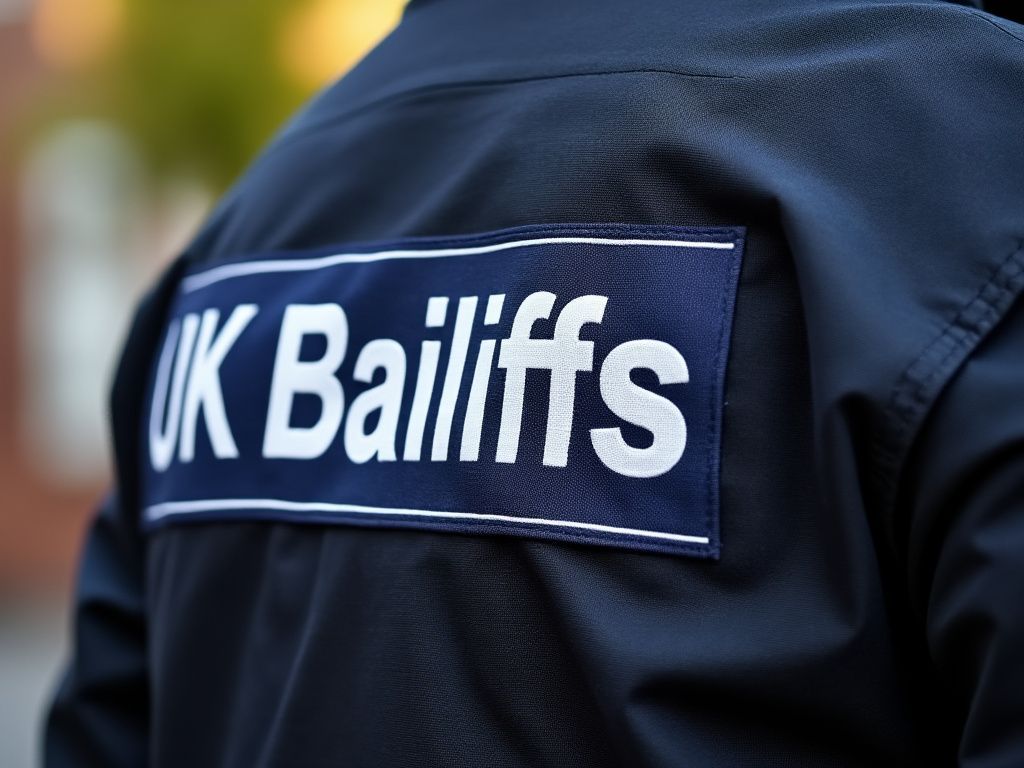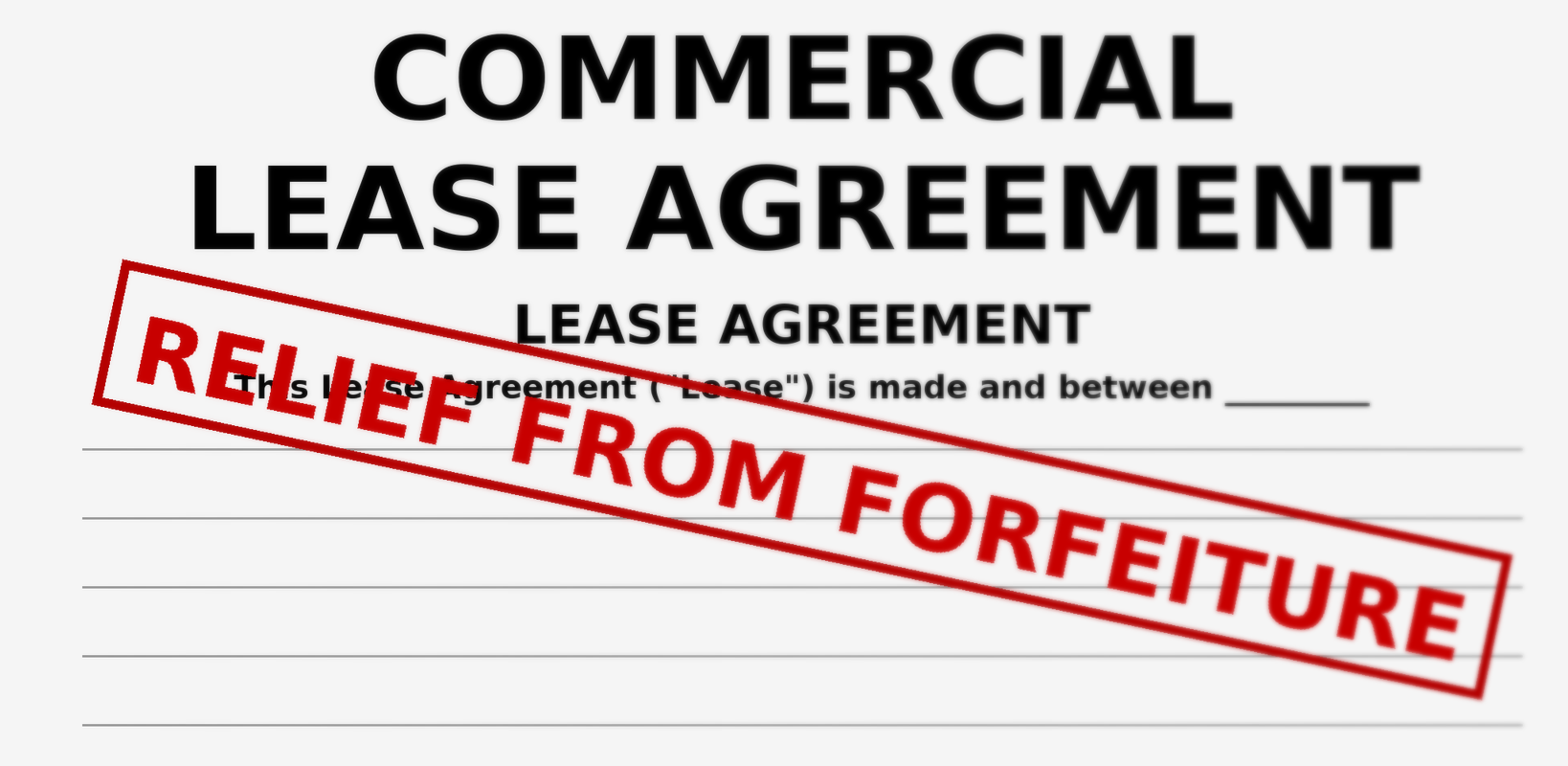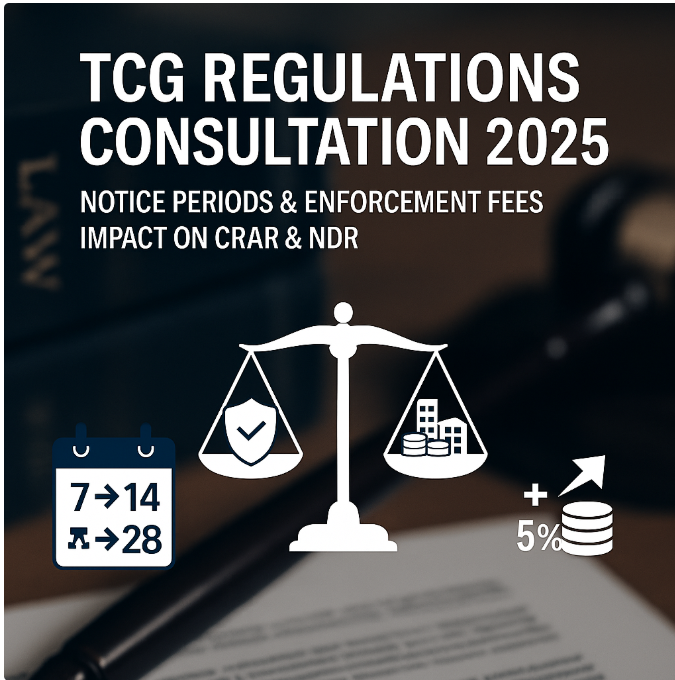NEWS and Updates
Types of Leases - Licences to Occupy and Tenancies At Will - We Explain

To instruct a bailiff company to issue CRAR (Commercial Rent Arrears Recovery), a written lease must be in place.
CRAR applies to all tenancies of commercial premises, whether legal or equitable, including tenancies at will. However, if the tenancy is unwritten, CRAR cannot be exercised.
Below is a breakdown of the differences between leases, licences, and tenancies at will.
What is a Lease?
A lease is a contract that grants the tenant exclusive possession of a property for a fixed period, in exchange for rent. The tenant typically covers all costs including repairs, taxes, and insurance. Business tenants usually benefit from security of tenure under Part II of the Landlord and Tenant Act 1954.
What is a Licence to Occupy?
A licence allows a person or business to use property for a specific purpose without exclusive possession. It differs from a lease in several ways:
- The licensee has no legal interest in the land and no exclusive possession.
- There is no security of tenure under the Landlord and Tenant Act 1954.
- It cannot usually be assigned or transferred.
- Termination is easier and typically shorter term than a lease.
What is a Tenancy at Will?
A tenancy at will allows occupation without a fixed term or security of tenure. It can be ended by either party at any time and is often used while formal lease terms are agreed.
- Advantages: Flexibility, no long-term commitment, and quick occupation.
- Disadvantages: No protection from eviction or rent increases, and limited clarity on responsibilities.






